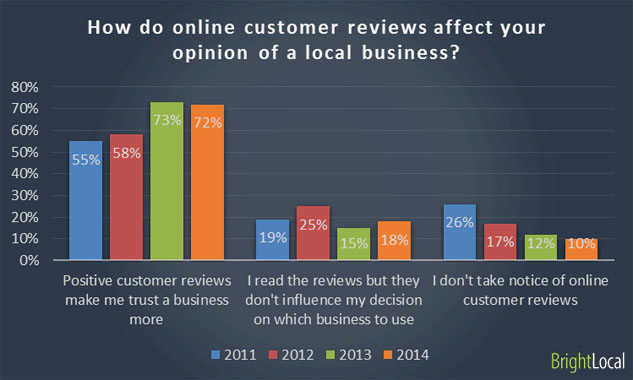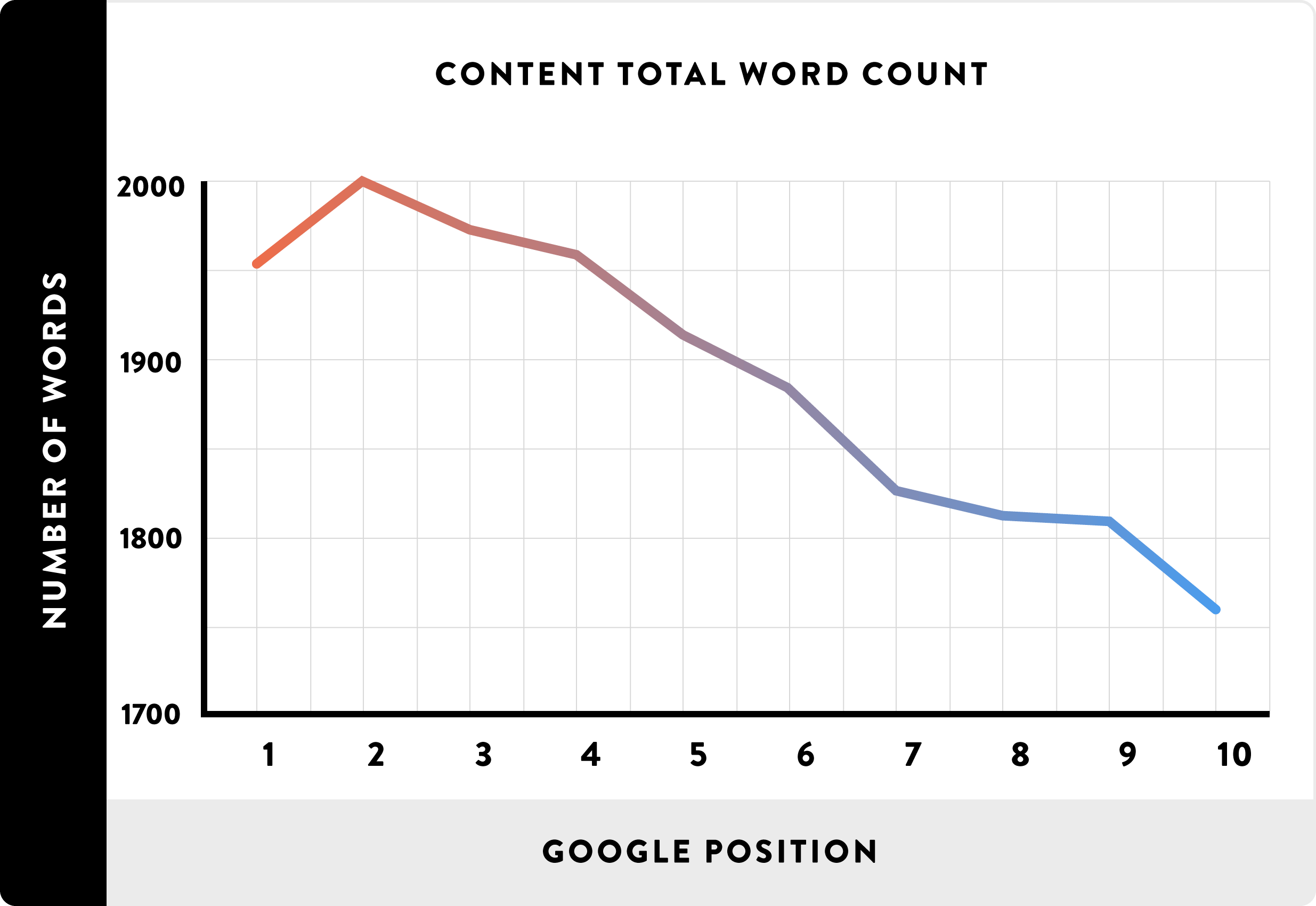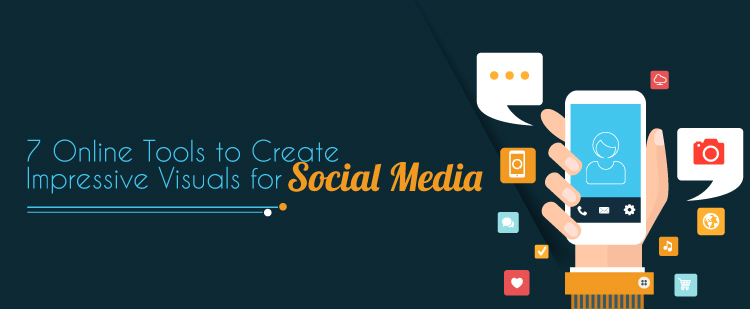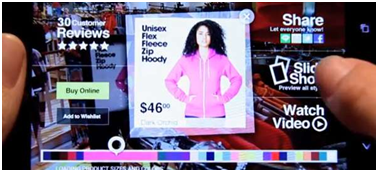Business blogs pull traffic and are central to your content marketing success. According to Hubspot, B2B companies that blog more than 11+ times a month attracted 3X times more traffic than those blogging once a month. The success of your best blogs only compounds over time and one successful blog can get you consistent leads for years to come.
The essential aim of creating business blogs is to grow your traffic and reach new markets. For this to happen, your blog must talk to the right market about what they are searching for. Here are five ways to help you create a business blog for your target audience.
1. Know Your Topic
It is essential that business blog writers are well versed with the products and services that you offer. A good blog gives people answers that they cannot find elsewhere and in the form that is easy to understand.
Research the content which is already available online. Study the statistics of the bigger blogs and try to break their monopoly over the audience. This can be done by giving more in-depth knowledge or presenting the same information in an easier form. In any case your blog will sound better if they are written by someone who is an expert in your industry.
Apart from knowing the company’s products it is important to know the branding and philosophy behind a business. This is because your blog is your voice online.
The most important skill to make a blog successful after understanding the topic is the ability to present it in a simple way.
2. Know Your Audience
Right marketing is all about finding the right market and fine-tuning your message to them. Before you start writing the blog always ask these four questions to yourself about the audience:
a. Who are they?
b. What do they need?
c. How much do they need?
d. When do they need it?
Firstly, who are they? This question should answer who your audience really is. Are they small business owners? Do they require information to grow their business? Are they big business owners and need solutions to organize their business?
What do they need? Will the topic you are writing about help them? The title of the blog should catch their attention. The audience should get an instant feeling of security after reading the blog title itself. They should feel “Yes, this blog is going to help me solve my problem.”
How much do they need? It is very important that you understand the main goal of your blog and provide the right amount of information. Avoid overwhelming the readers with too much information or too little information.
When do they need it? At which stage of their business would they need assistance from your blog? If their business is at an initiating phase then how can you help them? Will the same blog be able to help people who have already set up their businesses?
After answering all these questions, make a buyer persona of your audience and write the blog as if you are conversing with them. You now know what, how, why, and when they want information, you just have to provide them with the right answers.
3. Organize the Blog
Organizing the blog includes many factors such as having a strong introduction, structuring the content, breaking the paragraphs after regular intervals, and making the blog look clean.
Using images and videos is a great way to hold attention of the audience. Statistics show that blogs with images get 94% more views compared to blogs with no images.
Remember to include all the necessary information in your blog. Do not shy away from long form blogs that get to the depths of topic. Long blogs with detailed explanation are in-fact doing better in SEO results nowadays.
4. Monitor and Update Your Blogs
This simply means that you should regularly keep track of what the audience wants. Which type of blogs does the audience prefer and how can you evolve your blog into that type. Regularly update your best performing blogs to keep them relevant.
You can even create a small feedback form that your audience can fill once they have read one of your blogs. This will help you create better blogs in the future and at the same time you would be creating a data base of your readers as well.
5. Online Presence
One of the most important steps in creating a successful blog is ensuring its visibility. Visibility is essential for any blog in order to reach its target audience.
In 2017, 66% of marketers reported using blogs in their social media content. This would help you get audience from all the platforms but more importantly you will easily be able to understand how your blog is performing. You will be able to see what people are sharing, liking, re-tweeting etc.
Final Thoughts
These are some ways for creating a successful business blog. Once you understand your audience and their needs, you are on the path of success with the help of your ideas. After all, content marketing is all about giving your customers what they want.
Now that you have the pointers to create a great blog, go ahead and start writing. One last tip would be to write consistently. The more you understand your audience and write for them, the better your blog will get.


















